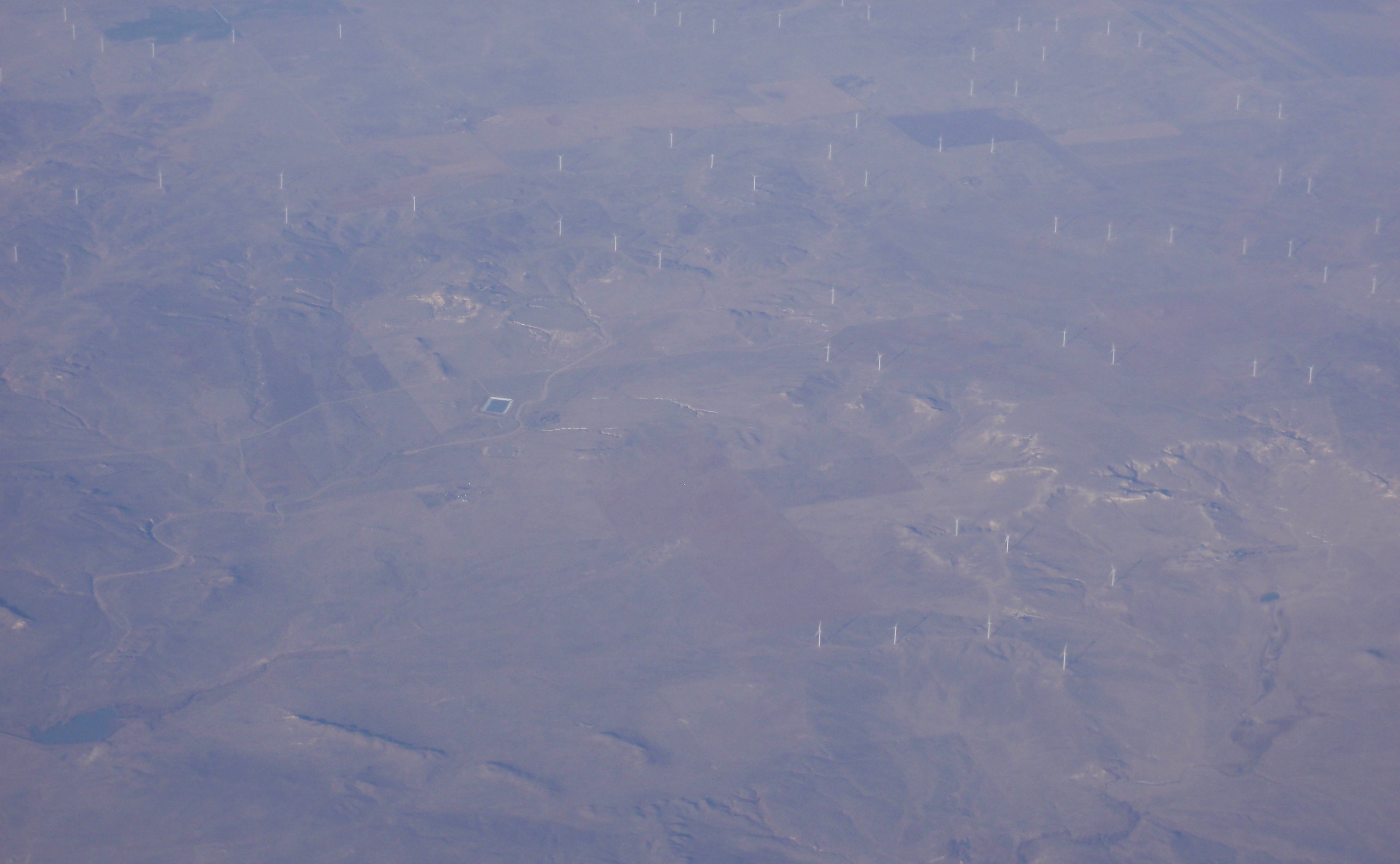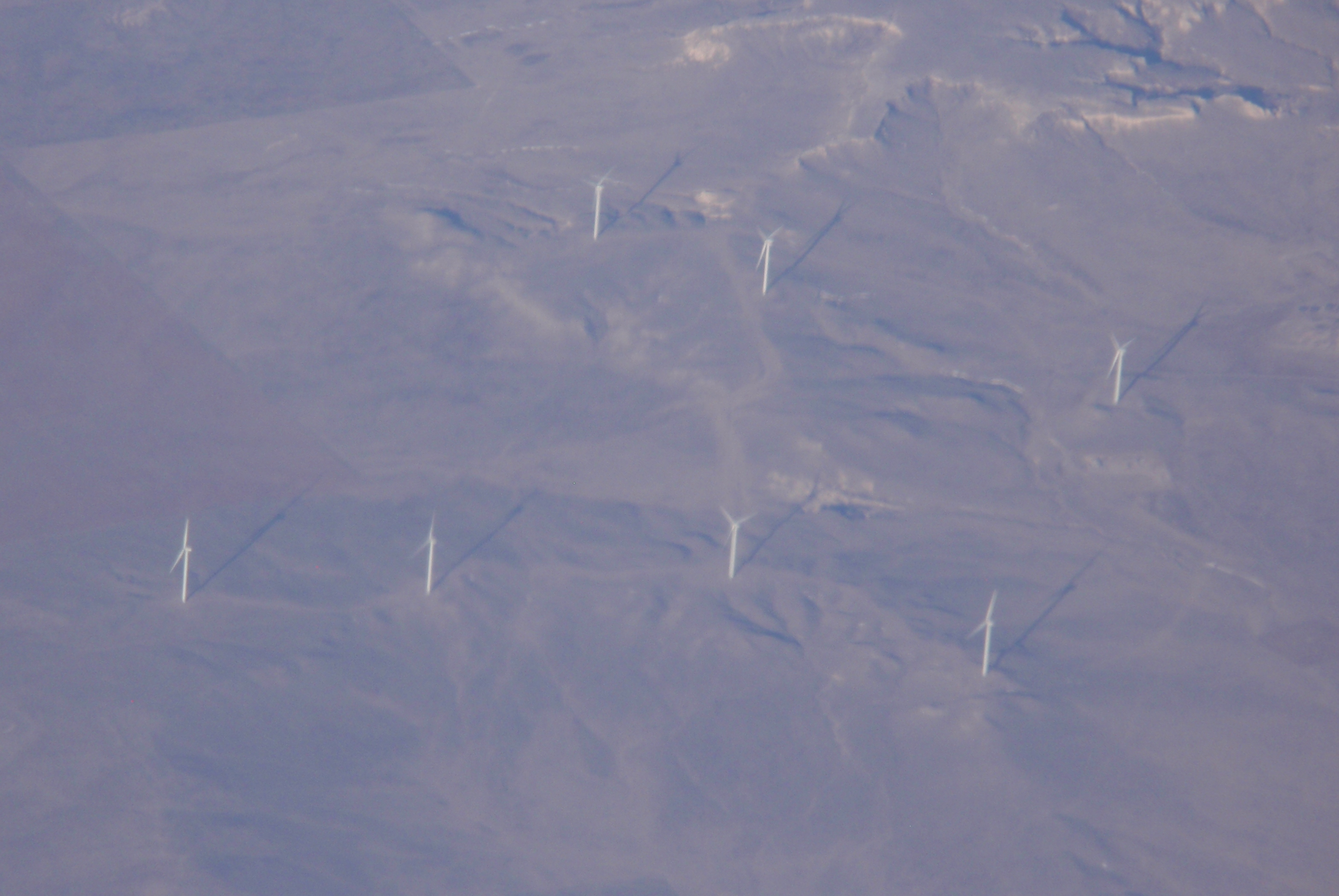
There will be major costs involved in decommissioning wind turbines. Who will pay?
3/8/17 – Stop These Things – Farmers “Hosting” Wind Turbines Faces Massive Clean Up Bills & Other Legal Liability – Legislation is under consideration which would force wind power companies to set aside money to decommission the turbines. At the moment the corporate shells holding the producing assets have nothing set aside. Without some requirement for accumulating reserves, neither the holding company nor the entity’s parents will have any responsibility to clean up the site. There will be no recourse by landowners or regulators to force the then-empty shells to clean up the sites. That will leave the landowner or the local government or the national government holding the bill for decommissioning.
Disposing of a wind turbine means finding some way to get rid of the toxic blades, the generator containing large amounts of rare earth metals, and 1000 metric tons of buried concrete.
Situation is similarly bad in Australia. A government agency there said that landowners may be responsible for decommissioning costs if the company owning the turbine is insolvent at the end of the turbine’s life. The agency does not have the ability to force companies to set aside any money for decommissioning.
That means landowners in Australia could wind up being on the hook for decommissioning costs of the turbines on their land.
My recollection is that in North Dakota the shell companies owning wind turbine must start setting aside reserves for decommissioning starting in the 10th year of operation. I hope that will not leave landowners holding the bag for the eventual costs.

5/4/17 – Williston Herald – Wind farm near Tioga starts up – The Lindahl Wind Farm has started production. The 75 turbines have theoretical capacity of 150 megawatts, or 2 MW per slice-and-dice tower.
Cost is reported at $220M. That would be $2.9M per turbine and $1.47M per megawatt faceplate capacity.
Williams county commission approved Trade Wind Energy to test whether Aurora Wind Project would be feasible.